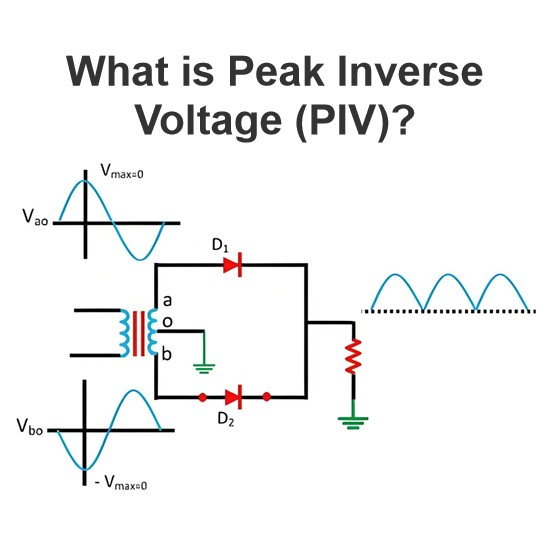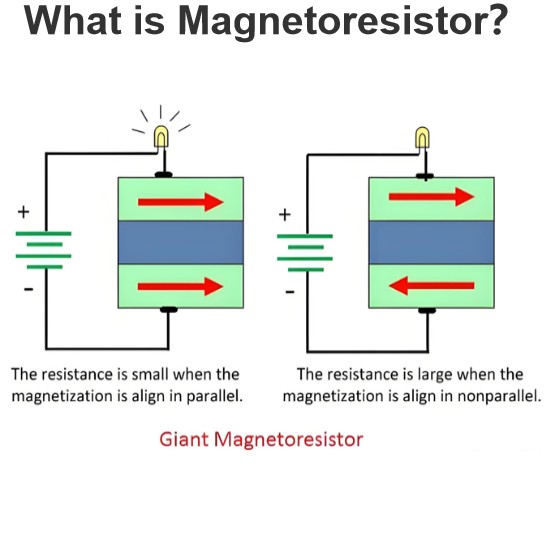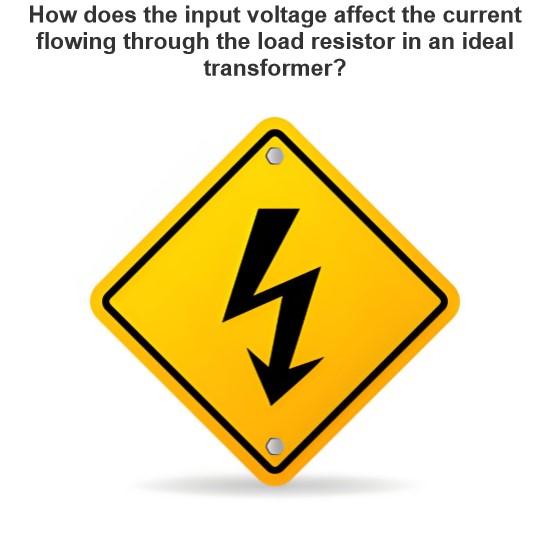What is the effect of reactance on electrical energy measurement?
The influence of reactance (including inductive reactance and capacitive reactance) on electrical energy measurement can be analyzed from the following aspects:
Phase difference
In AC circuits, the presence of reactance causes a phase difference between voltage and current. When there are pure inductors or pure capacitors in the circuit, the phase difference between the voltage and current is 90 degrees lag or lead, respectively. This means that in purely inductive or purely capacitive circuits, the work done is only an instantaneous exchange of energy, and no real electrical energy is consumed.
For hybrid circuits containing resistance and reactance (i.e. RLC circuits), the phase Angle between voltage and current will be between 0 and 90 degrees, which will affect the active power (P), reactive power (Q), and apparent power (S) measured by the watt-hour meter. Active power is the part that actually does the work, while reactive power represents the exchange of energy rather than the consumption of energy.
Power factor
Power factor (PF) is defined as the ratio of active power to apparent power. The presence of reactance causes the power factor to deviate from the ideal value of 1 (i.e. a pure resistance circuit). A low power factor means that more energy is flowing back and forth in the system rather than being used efficiently, which reduces the efficiency of the power system.
In the energy measurement process, if the power factor is not 1, you need to use an energy meter that can measure the actual active power. Some energy meters are designed for use in a specific power factor range, outside of which can lead to measurement errors.
Measurement error
For traditional electromechanical watt-hour meters, phase differences and nonlinear loads can cause inaccurate readings. Modern electronic watt-hour meters are more accurate in measuring impure resistive loads, but still need to pay attention to the characteristics of the circuit. If the design of the energy meter does not take into account the effect of reactance, then measurement errors may occur when measuring circuits containing reactance components.
Harmonic effect
In circuits with nonlinear loads, harmonic currents and voltages are present in addition to fundamental frequencies. These harmonics also introduce additional reactance effects and can have an impact on the reading of the energy meter. Especially when there are a large number of harmonics in the circuit, the traditional energy meter may not be able to accurately measure the total energy consumption.
In summary, the influence of reactance on electrical energy measurement is mainly reflected in that it changes the phase relationship between voltage and current, and then affects the power factor and the total electrical energy consumption. In order to measure the electric energy accurately, the actual characteristics and load properties of the circuit should be considered in the design and selection of the electric energy meter.
The Electricity Encyclopedia is dedicated to accelerating the dissemination and application of electricity knowledge and adding impetus to the development and innovation of the electricity industry.













